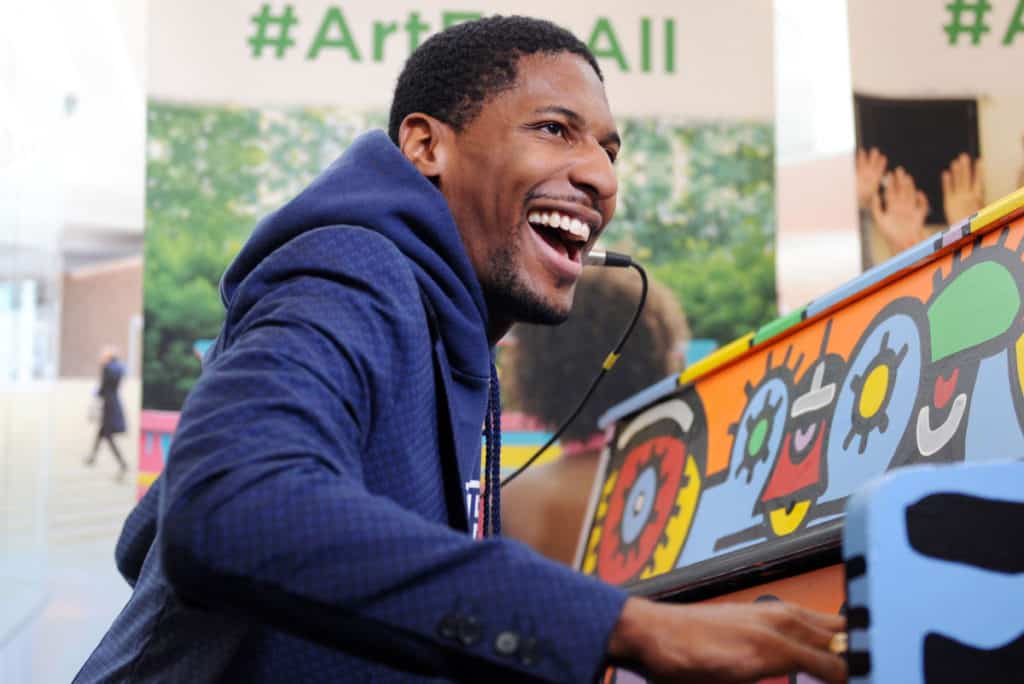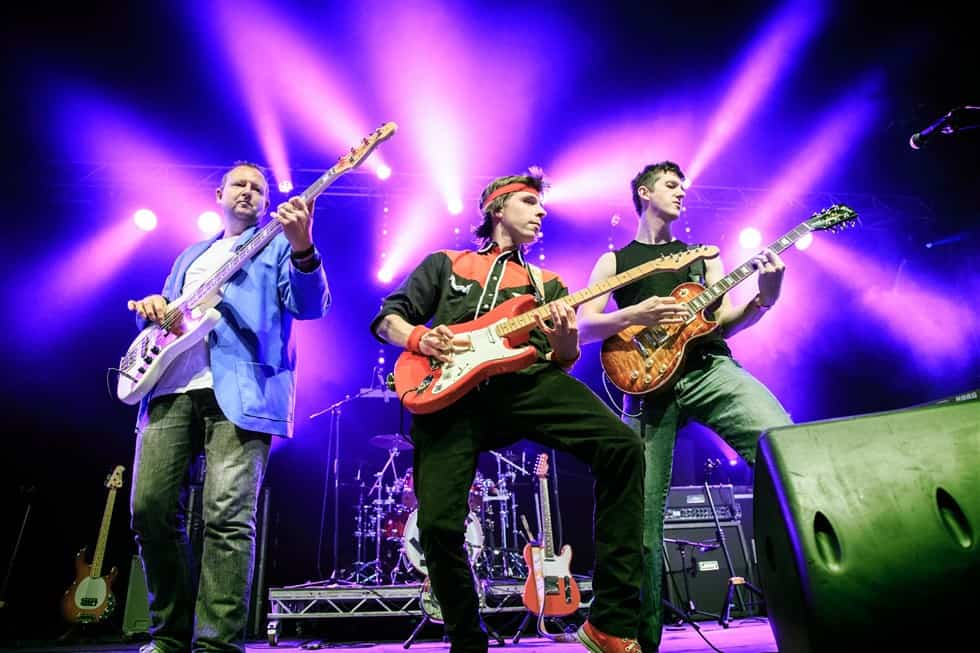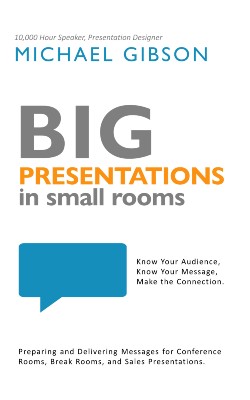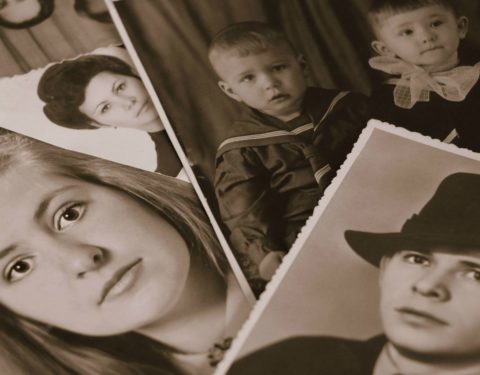Presentation practice and the idea of joy are seldom connected.
But they should be.
I’m getting ahead of myself. Let’s back up.
You know your audience, you know your message, you are determined to make the connection. You develop great content and then you practice so that you can deliver it well and connect the audience to your message.
Let’s focus on that last element: practicing for a great delivery… and joy.
Presentation Practice: 2 Artist Examples
There are two artists that inspired this idea.
A few years ago, for my birthday, I received tickets to see Switchfoot at The House of Blues in Dallas, TX. As usual, there were a couple of opening acts. They were good. But by the time Switchfoot was taking the stage, I was already tired. We were on the floor near the stage and there were no chairs. I have knee problems and I was in pain from standing on a concrete floor. I was feeling disappointed because I thought I might have to leave early due to the pain.
But when Switchfoot took the stage, I forgot about the pain and joined the joyful experience they created. The atmosphere they created was energetic, inviting, and joyful. They were having a blast and including the audience in the fun.
Jon Foreman, the lead singer, roamed the audience at least three times. It seemed he was determined to come within arm’s reach of every audience member. It was a joyful romp of connection, and the audience was all smiles.
Reformaction Switchfoot – YouTube (go to 34:00 to see crowd interactions)

A few days ago, I asked my wife, daughter, and a friend of the daughter to watch a couple of performances by an artist they were unfamiliar with. I had been so impressed with the joyful and skillful performance, I wanted to share that joy with them.
They were a little skeptical and more than a little amused by my excitement.
But when the performances were over, they, too, were smiling.
And I was too! The joy was contagious.
That artist’s name is John Batiste. The song is Freedom. We watched both the “official” video and a concert video. And we enjoyed them both.

Like the Switchfoot experience, the videos invite you into the fun, you can appreciate the talent and join the party all at the same time!
The performances seem effortless, expressing the same joy you see in a toddler spinning in circles and laughing at the pure fun of it.
Presentation Practice Brings Joy to Work
So… what does this have to do with presentations?
Let me answer that question with one of my own.
How much purposeful effort was required for those performances to be effective? How much work was involved?
What we observe is a presentation. The artists know their audience, they know their message, and they are determined to make a connection.
That influences the lyrics, the music, the practice, and the performance.
If they left out the presentation practice, the high-quality lyrics and music would be overshadowed with the awkwardness of a poor performance. And the joy would be lost.

There is a joy that proficiency brings.
The smile inducing-performances of Switchfoot and John Batiste are built on countless hours of practice. They do not have to think about what word comes next, what chord is next, what dance move is coming up. The practice made the performance an exercise in muscle memory freeing them up to focus on the audience and invite them into the fun.
It is easy to miss that reality and to be lured into believing that their job is to have fun–as if they just wake up, get on stage, have a party, and make lots of money.
Back in the 1980s, at the dawn of MTV, one of the biggest songs was Money for Nothing by Dire Straits.
The lyrics capture this assumption.
“That ain’t working, that’s the way you do it
You play the guitar on MTV…
You get your money for nothin’…”
The “working man” microwave installers think that the musicians don’t work.
But the hundreds of hours required to produce that song and the accompanying video make the song even funnier!
Once again, the point is that joyful proficiency required extensive preparation.

This is a challenge for some, and an impossibility for others—at least in the short term.
Presentation Practice for Big Presentations
Big Presentations are often just another task on an already busy schedule. There is simply not enough time to practice enough to reach this level of familiarity with the presentation.
But… I challenge you to objectively consider what time is available and then use it well! Be as prepared as possible given the time available.
For others, presentations are what you do. It is not an element of your job; it is the entire job. You probably have more time, and that calls for a different standard of practice.
You are more like the musicians putting on concerts. The expectations are higher.
For the joy of a great performance, embrace the practice that enables it.
When you do well, people will assume it is effortless. That you get your money for nothin’. Take it as a compliment—as proof of a great performance.
Are you looking for a community of encouragement and guidance? Join The Workplace Presentations Hub and receive a bonus resource, “Quick Tips for Storytelling.”
Want to hear more? Check out The Big Presentations Podcast.




